 Between 1892 and 1902, Owen Wister published stories about a man from Virginia who settled in Wyoming after the Civil War. When these were collected and published as The Virginian, A Horseman of the Plains, Wister declared the Old West was dead. The popularity of his...
Between 1892 and 1902, Owen Wister published stories about a man from Virginia who settled in Wyoming after the Civil War. When these were collected and published as The Virginian, A Horseman of the Plains, Wister declared the Old West was dead. The popularity of his...
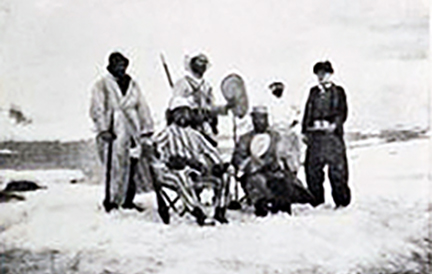 For all we know, Jean-Baptiste Charcot’s chef on the Pourquoi Pas! Used this recipe for Crêpes Suzette when the crew celebrated Mardi Gras in Antarctica. 2450— SUZETTE PANCAKES Make these from preparation A, flavoured with cura9oa and tangerine juice. Coat...
Chief among James’s observations of Derby Day at Epsom is his astonishment at the picnicking on the carriage tops. It was a sight of madness. “The crowd was very animated; that is the most succinct description I can give of it. The horses of course had...
For all we know, Jean-Baptiste Charcot’s chef on the Pourquoi Pas! Used this recipe for Crêpes Suzette when the crew celebrated Mardi Gras in Antarctica. 2450— SUZETTE PANCAKES Make these from preparation A, flavoured with cura9oa and tangerine juice. Coat...
Chief among James’s observations of Derby Day at Epsom is his astonishment at the picnicking on the carriage tops. It was a sight of madness. “The crowd was very animated; that is the most succinct description I can give of it. The horses of course had...
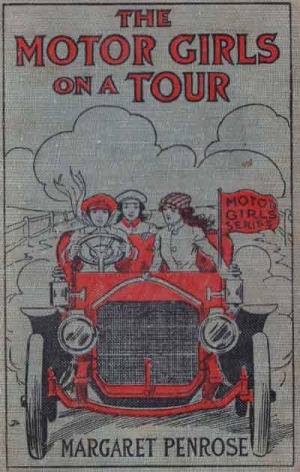 “Miss Grace,” as Grace Margaret Gould was known among fashionistas, advocated for motorcars and picnics but stopped short at women’s suffrage. Writing for Hearst Magazine’s Motor: An Illustrated Monthly Magazine Devoted to Motoring (1905), Gould puffed the “motor...
“Miss Grace,” as Grace Margaret Gould was known among fashionistas, advocated for motorcars and picnics but stopped short at women’s suffrage. Writing for Hearst Magazine’s Motor: An Illustrated Monthly Magazine Devoted to Motoring (1905), Gould puffed the “motor...
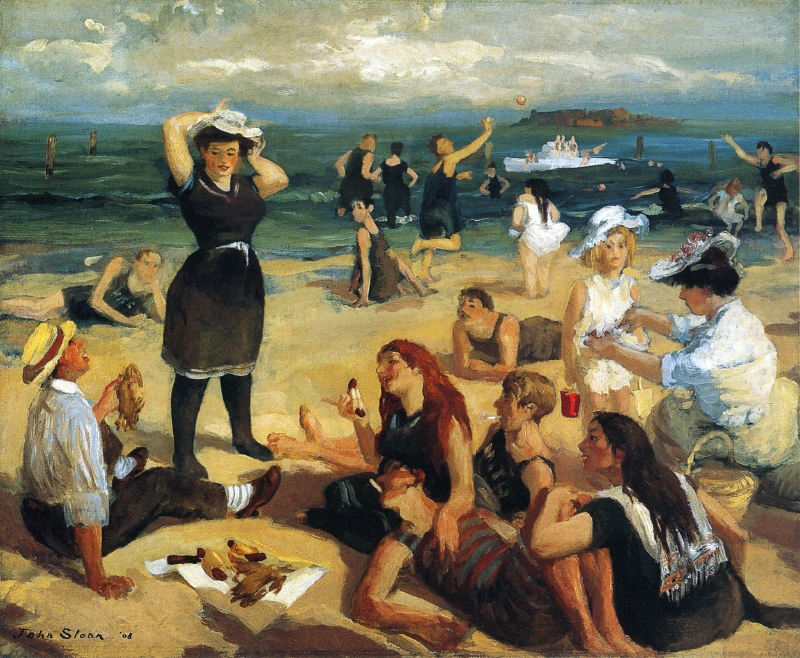 Sloan’s diary for his outing to South Beach and the Happy Land Amusement Park is laconic: June 23, 1907: “Dolly and I went to Staten Island, South Beach this afternoon by Municipal Ferry and Train. Our first visit and we found the place to our liking. Reminds one of...
Sloan’s diary for his outing to South Beach and the Happy Land Amusement Park is laconic: June 23, 1907: “Dolly and I went to Staten Island, South Beach this afternoon by Municipal Ferry and Train. Our first visit and we found the place to our liking. Reminds one of...
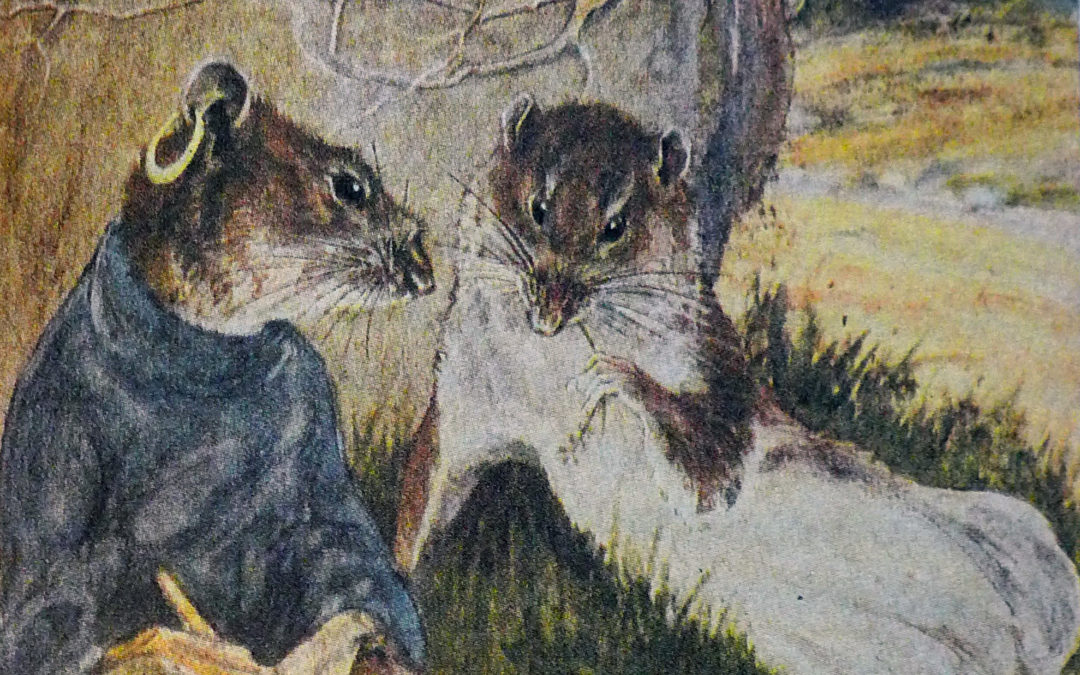 The other picnic in The Wind in the Willows is”Wayfarers All,” a somber conversation between Ratty and Sea Rat that alert readers will guess is an allusion to Samuel Taylor Coleridge’s Ancient Mariner. Here Sea Rat portrays the Ancient Mariner, whose...
The other picnic in The Wind in the Willows is”Wayfarers All,” a somber conversation between Ratty and Sea Rat that alert readers will guess is an allusion to Samuel Taylor Coleridge’s Ancient Mariner. Here Sea Rat portrays the Ancient Mariner, whose...
 Henry Wilcox’s garden party for his daughter’s wedding s reveals Edwardian hypocrisy and predatory sexuality. It’s a turning point in Foster’s Howards End. Forster scants the dinner itself, but when it is about to end, the guests are in stages...
Henry Wilcox’s garden party for his daughter’s wedding s reveals Edwardian hypocrisy and predatory sexuality. It’s a turning point in Foster’s Howards End. Forster scants the dinner itself, but when it is about to end, the guests are in stages...
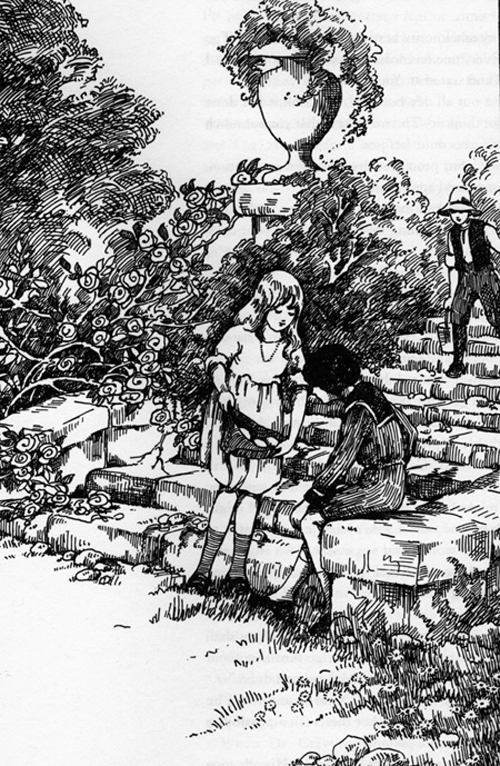 The real secret of The Secret Garden is that with enough picnics and plenty of food, any youth will be happy. Burnett’s The Secret Garden picnics occur in a derelict walled garden where Colin Craven, a fearful, make-believe invalid, and his cousin, Mary Lennox,...
The real secret of The Secret Garden is that with enough picnics and plenty of food, any youth will be happy. Burnett’s The Secret Garden picnics occur in a derelict walled garden where Colin Craven, a fearful, make-believe invalid, and his cousin, Mary Lennox,...
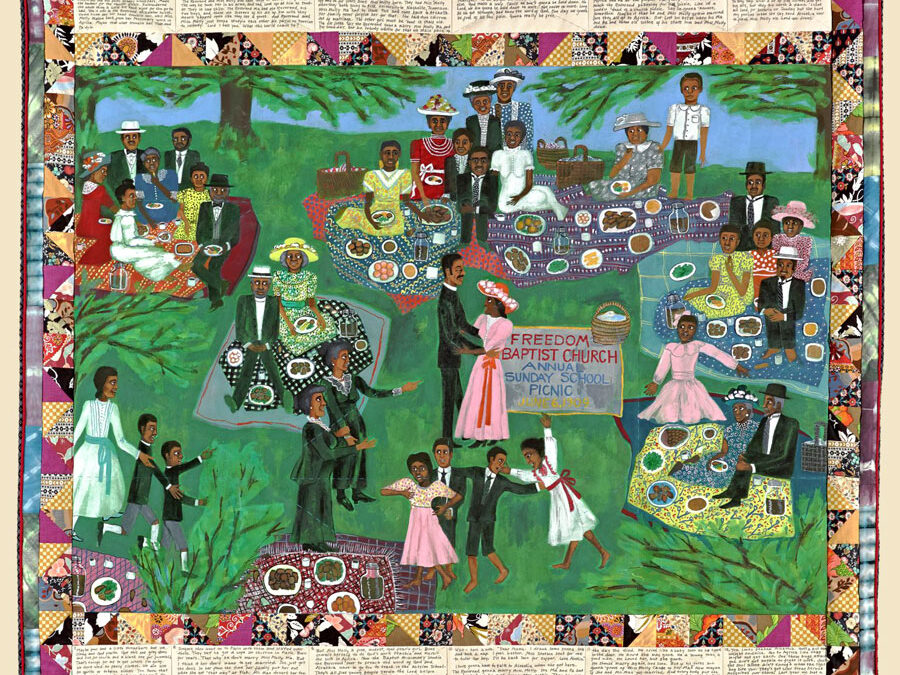 Washington’s “all day meeting” is also known as “dinner on the grounds.” It agrees with versions of meetings by William A. Clary, Edna Lewis, Bebe Meaders and maya Angelou. I’ve cited Washington’s whole passage because...
Washington’s “all day meeting” is also known as “dinner on the grounds.” It agrees with versions of meetings by William A. Clary, Edna Lewis, Bebe Meaders and maya Angelou. I’ve cited Washington’s whole passage because...
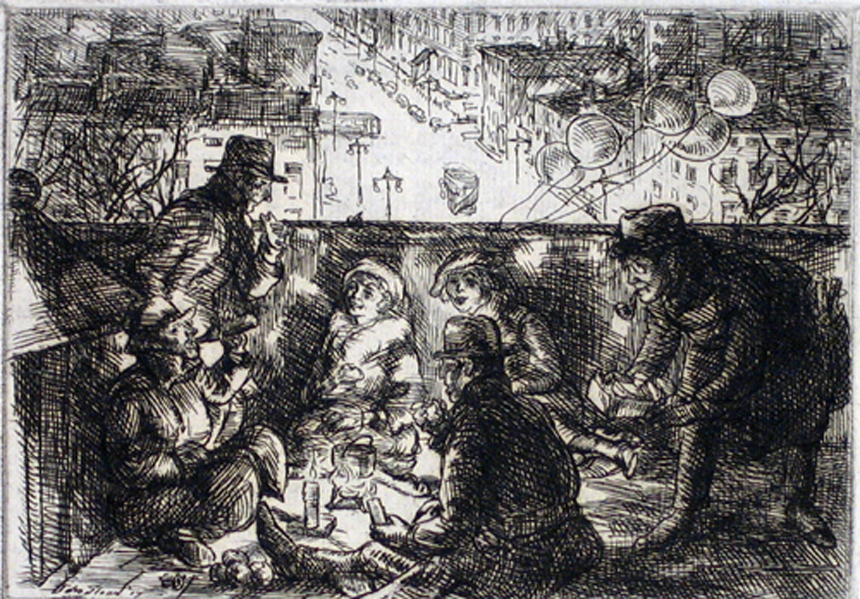 One January night, John Sloan and a boozy group climbed to the top of Greenwich Village’s Washington Arch. According to Sloan, they toted balloons, candles, food baskets, wine, a pot for boiling water, and the makings of a campfire. Fictionalized or not, No one...
One January night, John Sloan and a boozy group climbed to the top of Greenwich Village’s Washington Arch. According to Sloan, they toted balloons, candles, food baskets, wine, a pot for boiling water, and the makings of a campfire. Fictionalized or not, No one...










